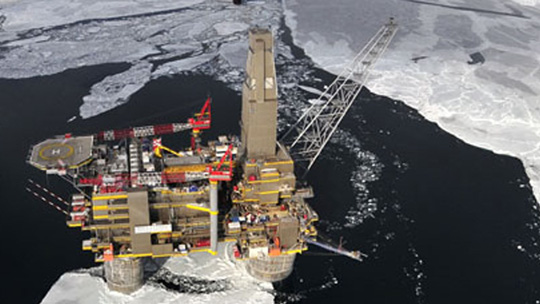
This organizational form has the potential to help the industry deal with some its greatest challenges – this white paper describes the approach and the trends that led to is adoption and extracts some key lessons from two case studies from the lead adopters (Shell and Statoil) of this organizational form. The oil industry has always struggled to introduce new technologies in development projects and to deploy such new technologies in existing assets. Concerns are also increasingly emerging in some companies about the speed and effectiveness with which new technologies can be applied. This is especially relevant for ‘greenfield’ projects where, in theory, technological innovations should have the greatest impact given that the performance levels “baked in” with that technology selection are locked-in for the full 20-40 years of an asset’s life. Furthermore some key technologies, that all players may wish to deploy, are owned and controlled by Oil Service Companies. These suppliers, together with key components manufacturers, have a significant role in the industry, especially in the exploration and development phases where a significant chunk of the overall spending is dedicated to procurement of goods and services. One of the major hurdles for oil companies is the strong pressure on “first oil” and early revenue generation. As a result, Project Managers are typically rewarded against delivery on schedule and scope, and do not like surprises. The E&P industry as a whole has therefore struggled to incentivize teams managing complex development projects to encourage them to standardize procurement or adopt new technologies, even if these have already been field tested. This challenge is heightened by the relative scarcity of staff in some key technical disciplines and by the shift towards unconventional resources which has highlighted the need to “experiment at scale” in order to maximize opportunities for moving up the learning curve after applying new technologies. One relatively new organizational form that is increasingly being employed to tackle these challenges is the integration of all relevant Projects (including Drilling), Technology (including R&D) and Procurement units into one single, integrated global division which is then tasked with the full burden of delivery. This approach seems to accelerate value creation by boosting the capability of project delivery functions, enabling cost effective deployment of appropriate technologies and constrained technical resources while ensuring value-driven procurement. This paper examines this approach to oil company design in order to understand the strategic drivers for, and the key features of such integrated Projects, Technology and Procurement (PTP) divisions. We review the publicly reported experiences of Shell, Statoil and several other major players, highlighting best practices and issues to overcome in operating this organization style.



